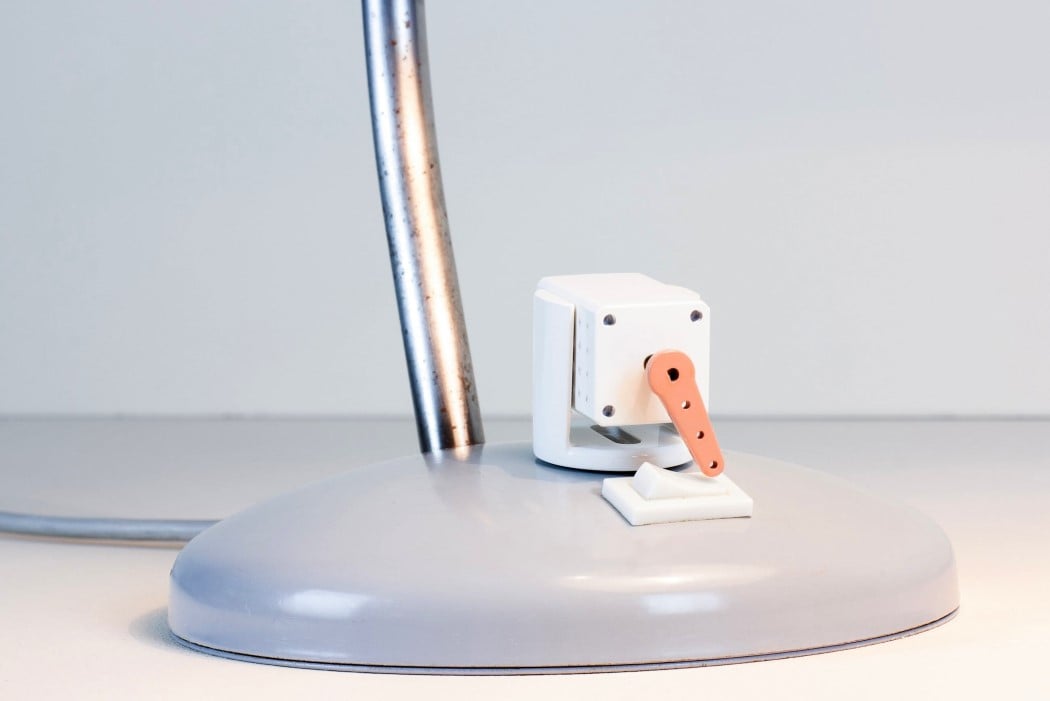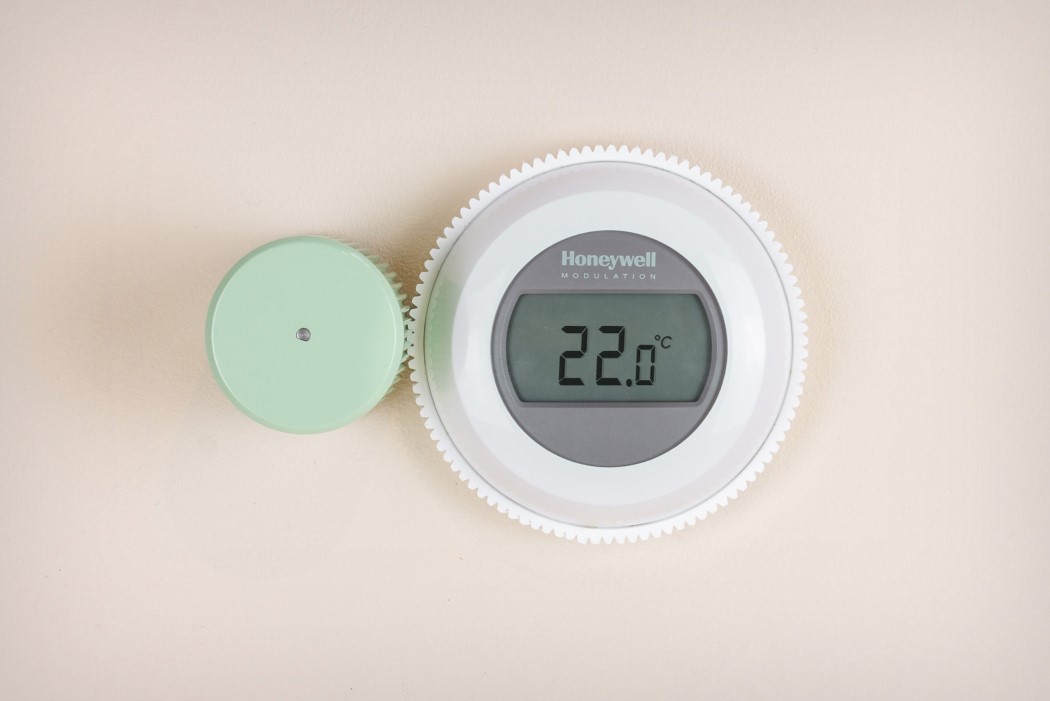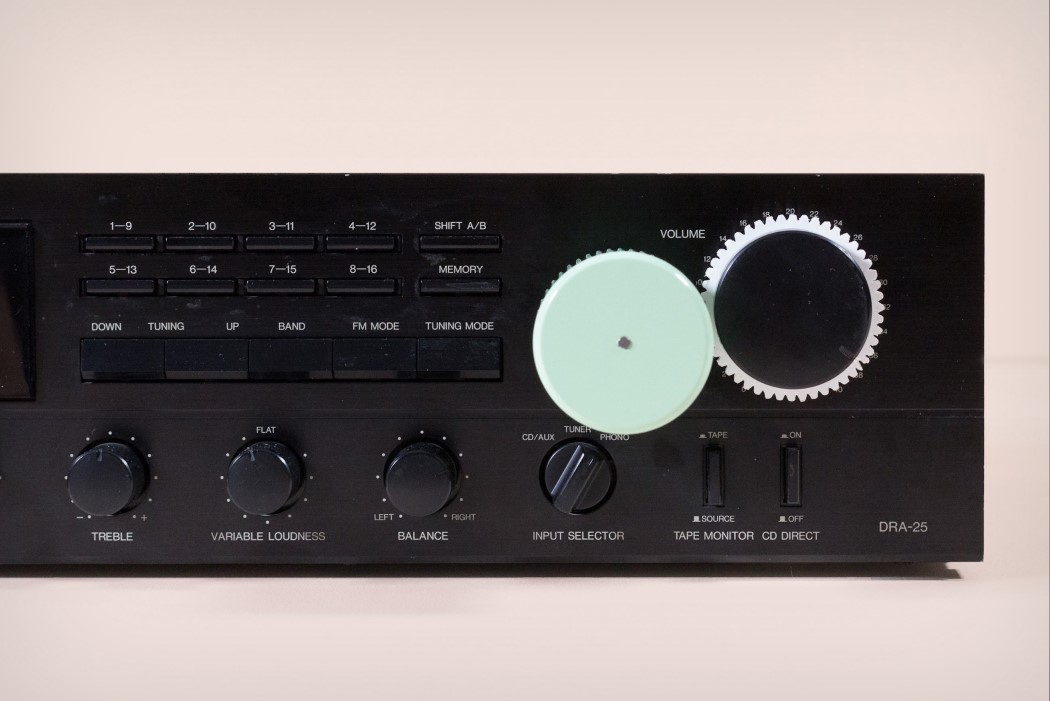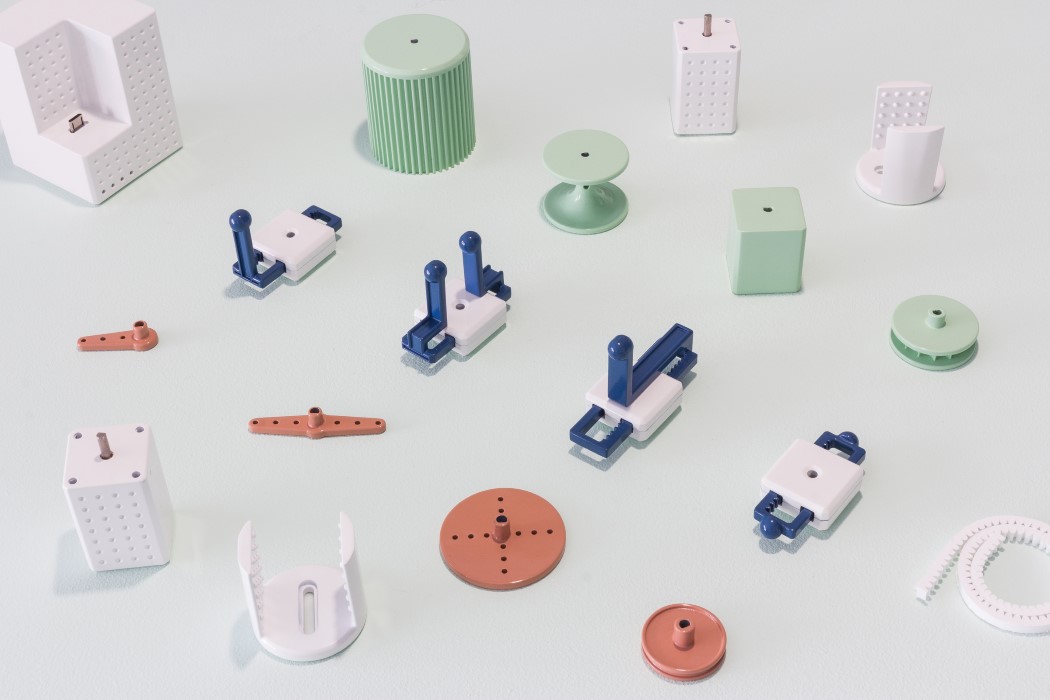With two very unlikely reference points, origami and robotic actuators, Arnav Wagh’s robots mimic the dexterity of human hands, but actuated through hydraulic or pneumatic pumps. Developed as an experimentation in ‘soft robotics’, FLXO’s applications go far and wide. Using clever origami folding and readily available parts like actuators and pumps, FLXO helps democratize robotics, allowing people to experiment and tinker with the technology without relying on expensive machines and fabricated parts.
Wagh developed FLXO to be a budget-friendly yet effective way to work with soft robotics, and designed a system around it that allows you to quite easily put together your own robot in minutes. At the heart of FLXO are the different types of actuators, and their innovative origami sleeves that enable their unique movement. Whether you need components that bend, twist, or compress and expand in a linear path, FLXO’s 3D printed sleeves achieve all the aforementioned movements, and the actuators (which are compatible with VeX robotics kits) are designed to be modular, and can easily be assembled together to make anything from a human hand to a walking toy.
Still in its infancy, Wagh believes soft robotics is a exciting and emerging field, but still lacks universal accessibility. Designed to be as ubiquitous as LEGO, FLXO aims to bring soft robotics and its cornucopia of possibilities to anyone who wants to build robots that aren’t rigid in their design and approach, but are more organic and highly adaptive to their surroundings.
Designer: Arnav Wagh




















 Over the past year, Google has demonstrated its desire to step up its hardware game. The company bought HTC's Pixel team for $1.1 billion, designed its own imaging chip for the Pixel 2 and also hired a key Apple chip designer. Bloomberg reports that...
Over the past year, Google has demonstrated its desire to step up its hardware game. The company bought HTC's Pixel team for $1.1 billion, designed its own imaging chip for the Pixel 2 and also hired a key Apple chip designer. Bloomberg reports that...


